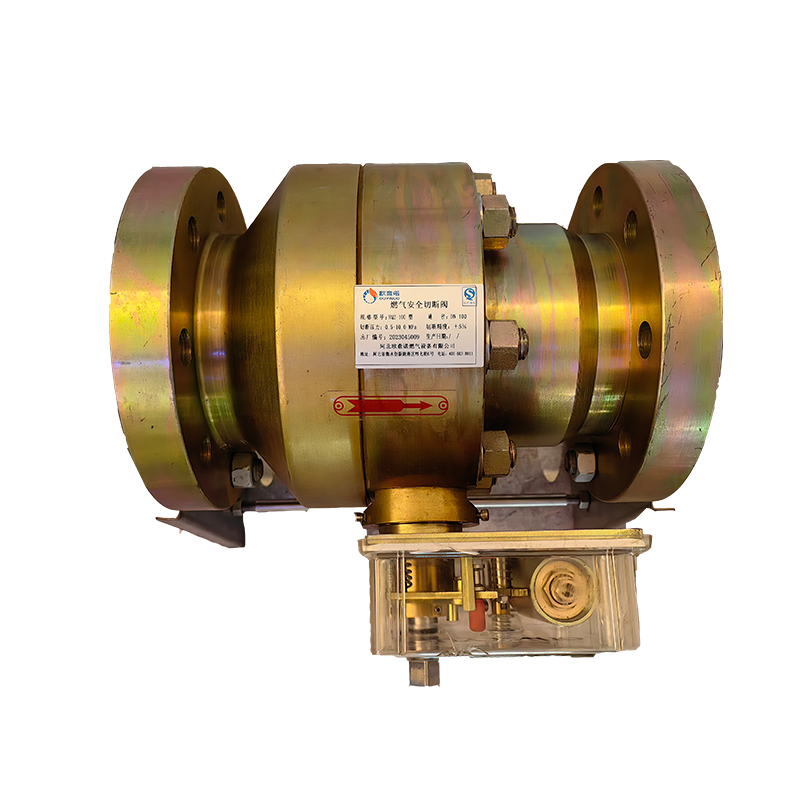
Oct . 18, 2024 10:34
Back to list
Exploring the Principles and Applications of Heat Exchangers in Modern Engineering
Understanding Heat Exchangers An Overview
Heat exchangers are vital components in various industrial processes and applications, designed to efficiently transfer heat from one fluid to another without the two fluids mixing. They are commonly found in heating, ventilation, and air conditioning (HVAC) systems, power plants, and refrigeration systems, playing a crucial role in energy conservation and management.
The Principle of Heat Exchange
The fundamental principle behind heat exchangers is based on thermodynamics, specifically the laws pertaining to heat transfer. Heat naturally flows from a region of higher temperature to a region of lower temperature. Heat exchangers leverage this principle to facilitate efficient energy transfer between two fluids—this can involve liquids, gases, or a combination of both.
Typically, one fluid is heated while the other is cooled. This process can significantly improve energy efficiency, reduce fuel consumption, and lower operational costs in industrial processes. Understanding the specific heat transfer methods—conduction, convection, and radiation—helps design systems that maximize the surface area for heat transfer while minimizing resistance to fluid flow.
Types of Heat Exchangers
There are several types of heat exchangers, each with distinct designs and applications. The primary types include
1. Shell and Tube Heat Exchangers These consist of a series of tubes, one set carrying the hot fluid and the other the cold. The tubes are enclosed in a shell, allowing for an efficient heat transfer surface. This type is widely used in petroleum refineries and chemical processing.
.
3. Air-Cooled Heat Exchangers These utilize ambient air to cool or condense a fluid. They are common in power generation and industrial processes, particularly where water is scarce or expensive.
مبادل حراري

4. Double-Pipe Heat Exchangers A simpler design where one pipe is nested within another, allowing two fluids to flow in opposite directions. These are used in smaller applications where simplicity and low cost are priorities.
5. Fin-Tube Heat Exchangers Featuring fins that increase the surface area for heat transfer, fin-tube exchangers optimize the performance of heating and cooling processes. They’re effective in HVAC systems and automotive applications.
Applications of Heat Exchangers
Heat exchangers serve a myriad of applications across numerous industries. In power plants, they help reclaim waste heat from exhaust gases and improve the efficiency of energy generation. In the chemical industry, they regulate temperature throughout various processes, contributing to product quality and safety.
In the HVAC sector, heat exchangers are crucial for maintaining comfortable indoor environments by transferring heat from or to the building’s air or water systems. In refrigeration, they facilitate the cooling and freezing of food products while minimizing energy loss.
Challenges and Innovations
Despite their effectiveness, heat exchangers face challenges such as fouling—a buildup of unwanted material on surfaces that reduces efficiency. Regular maintenance and innovative designs, including self-cleaning mechanisms and advanced materials that resist fouling, are essential for overcoming these challenges.
Emerging technologies also promise to enhance heat exchanger performance. For instance, the incorporation of nanofluids—fluids engineered with nanoparticles—has shown potential in enhancing heat transfer capabilities beyond conventional fluids.
Conclusion
Heat exchangers are indispensable in modern industrial environments, contributing significantly to energy conservation and process efficiency. As industries evolve and seek sustainable solutions, innovations in heat exchanger technology will continue to play a critical role in meeting energy demands and addressing environmental concerns. Understanding their design, function, and application allows for informed decisions in engineering and energy management, ultimately leading to improved performance and sustainability in various sectors.
Latest news
-
Safety Valve Spring-Loaded Design Overpressure ProtectionNewsJul.25,2025
-
Precision Voltage Regulator AC5 Accuracy Grade PerformanceNewsJul.25,2025
-
Natural Gas Pressure Regulating Skid Industrial Pipeline ApplicationsNewsJul.25,2025
-
Natural Gas Filter Stainless Steel Mesh Element DesignNewsJul.25,2025
-
Gas Pressure Regulator Valve Direct-Acting Spring-Loaded DesignNewsJul.25,2025
-
Decompression Equipment Multi-Stage Heat Exchange System DesignNewsJul.25,2025

